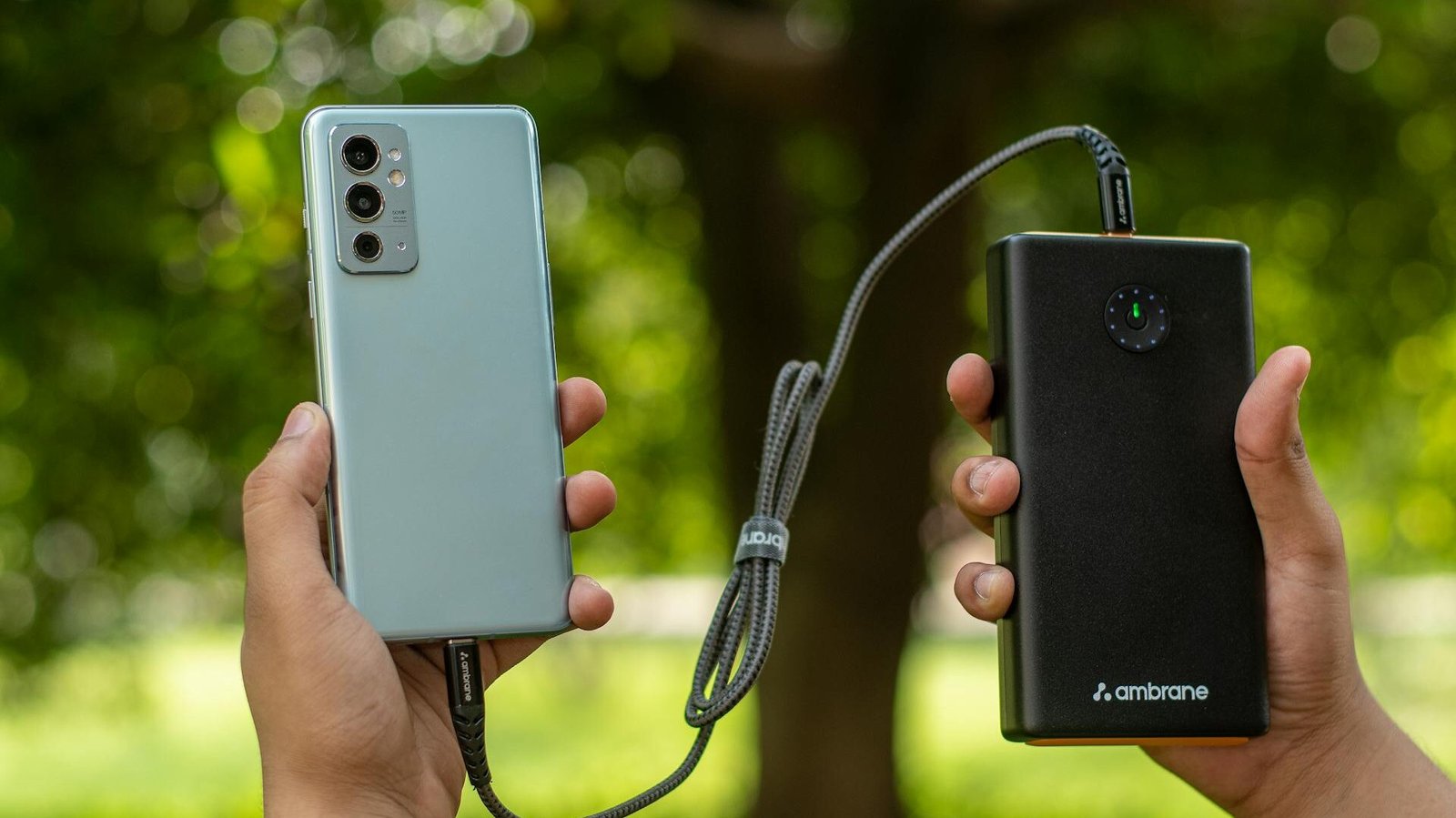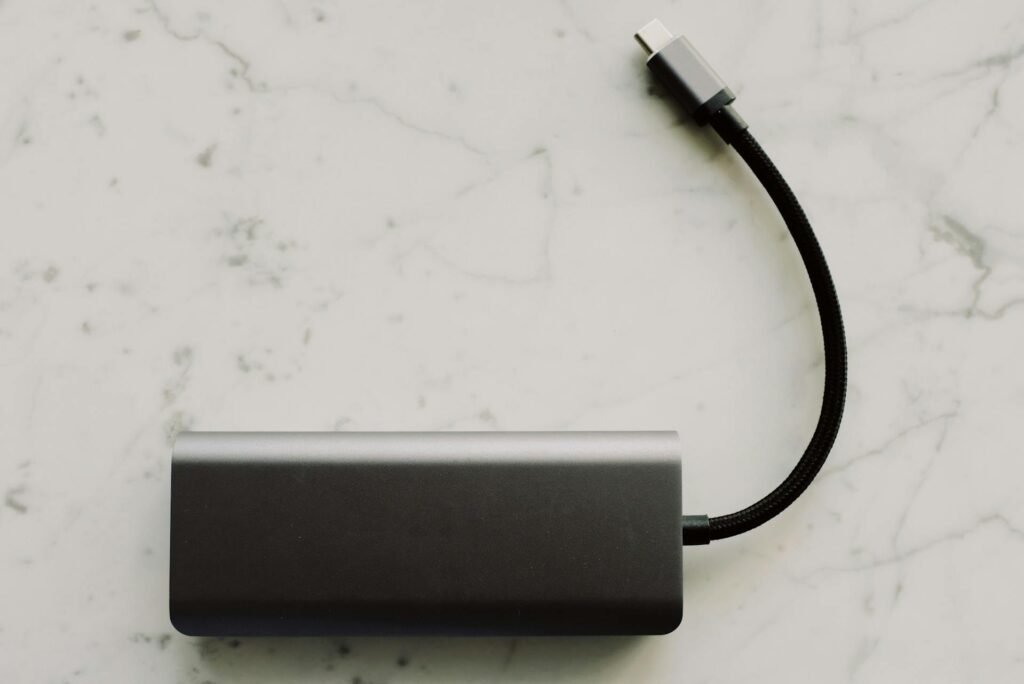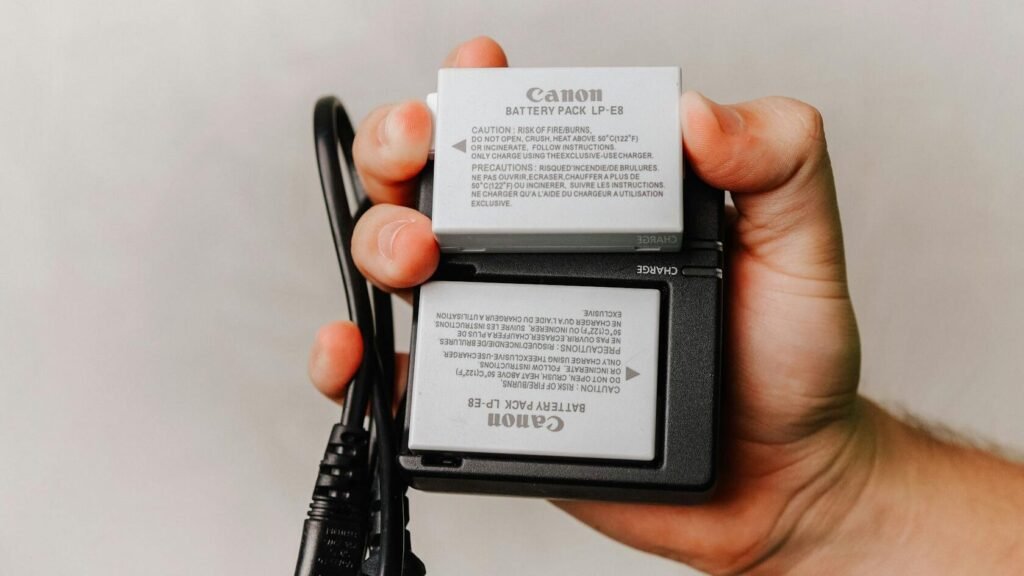
In the accelerating wave of the global energy transition, the battery shipping industry in Southeast Asia is at a crossroads of transformation. As 2025 approaches, a series of targeted new policies have emerged, profoundly reshaping the industry landscape of battery shipping to Southeast Asia. Battery shipping to Southeast Asia, a crucial link connecting the supply and demand of the energy industry, has drawn significant attention due to the changes in relevant policies. This article will focus in – depth on the new regulations related to battery shipping to Southeast Asia, presenting you with a detailed and practical interpretation and compliance guide.
I. Introduction: Background of Policy Changes in Battery Shipping to Southeast Asia
In recent years, the demand for battery shipping to Southeast Asia has been surging, similar to a prairie fire, which is closely related to the ambitious energy transition goals of the region. Entering 2025, many Southeast Asian countries have set clear energy transition directions, aiming to gradually reduce their over – reliance on traditional energy and significantly increase the proportion of renewable energy in the energy mix. In this grand narrative of the energy revolution, battery shipping to Southeast Asia, as the core hub of energy storage and conversion, has seen its transportation demand rise accordingly, becoming a key factor in promoting the regional energy transition.
Driving Factors for Policy Adjustments in 2025 (Environmental Pressure, Safety Incident Data)
Environmental pressure is undoubtedly a powerful engine driving the adjustment of policies for battery shipping to Southeast Asia in 2025. Against the backdrop of the unprecedentedly high global environmental awareness, Southeast Asian countries also feel the heavy international responsibility of reducing carbon emissions and protecting the ecological environment. The potential environmental pollution risks during the process of battery shipping to Southeast Asia have become the focus of attention.
At the same time, the safety incident data that cannot be ignored is like alarm bells ringing. In the past few years, safety incidents caused by improper operations in battery shipping to Southeast Asia have frequently been reported, resulting in immeasurable casualties and property losses. These painful lessons have prompted governments to re – examine and significantly upgrade the safety standards for battery shipping to Southeast Asia, and to introduce more stringent policies and regulations with resolute determination.
Policy Coverage: Unified Framework of the 10 ASEAN Countries and Country – specific Differences
To build a standardized and orderly market for battery shipping to Southeast Asia, the 10 ASEAN countries have jointly developed a unified policy framework, aiming to ensure the safety and compliance of battery shipping to Southeast Asia within the region. However, due to the uneven economic development levels, diverse industrial structures, and different energy demands of each country, under the premise of the unified policy framework, each country has also formulated a series of policy details with its own characteristics. This complex situation of unity and differences undoubtedly poses more stringent challenges to enterprises engaged in battery shipping to Southeast Asia.
II. In – depth Interpretation of Core New Regulations in 2025
Differentiated Requirements for Sea and Air Freight
New Standards for Lithium – battery Power Threshold (e.g., Special Handling for >100Wh)
The new policies in 2025 have clearly and strictly defined the power threshold of lithium – batteries, which has a direct impact on battery shipping to Southeast Asia. Whether by sea or air, once the power of a lithium – battery exceeds 100Wh, a special handling mechanism will be triggered.
For sea freight, such lithium – batteries need to use specially made packaging materials and implement more stringent fixation and protection measures to completely prevent potential collisions and short – circuits during transportation. Air freight requirements are even more stringent. In addition to the basic requirement of special packaging, there may also be restrictions on the quantity of transportation, and the shipper may even be required to provide additional safety certification documents to ensure the safety of battery shipping to Southeast Asia.
Comparison of Transportation Clauses for Solid – state Batteries vs. Liquid Batteries
There are significant differences in transportation clauses between solid – state batteries and liquid batteries, which is also an important aspect that battery shipping to Southeast Asia needs to pay attention to. Solid – state batteries, with their relatively stable chemical properties, have relatively relaxed transportation requirements. However, they still need to strictly meet basic safety standards, such as fire – proof and explosion – proof requirements for packaging, without any negligence.
In contrast, due to the presence of electrolyte inside, liquid batteries have a higher risk of leakage and combustion. Therefore, more stringent protective measures must be taken during transportation. For example, professional leak – proof packaging must be used, and warning signs must be clearly and prominently marked on the packaging surface to arouse the high – level attention of all parties involved in battery shipping to Southeast Asia to safety.
Mandatory Upgrades of Documents and Labels
New MSDS Template, Fire – proof Mark Specifications, Multilingual Warning Labels
The new regulations have comprehensively upgraded the Material Safety Data Sheet (MSDS), launching a new template. The new template requires a more detailed elaboration of battery components, physical and chemical properties, hazard characteristics, and emergency response measures. At the same time, meticulous regulations have been made for the specifications of fire – proof marks, from the clarity, prominence to specific size and color standards, to ensure that they are clearly visible in various scenarios.
In addition, considering the language diversity in Southeast Asia, to ensure that safety information can be accurately conveyed to relevant personnel in different countries and regions, multilingual warning labels have become a mandatory requirement. The labels need to be marked with clear warning information in English and the local major languages, which is of great significance for standardizing the documents and labels in battery shipping to Southeast Asia.
Access to Electronic waybills and blockchain traceability systems
To significantly improve the transparency and traceability of the battery shipping process to Southeast Asia, the new regulations clearly require access to electronic waybills and blockchain traceability systems. Electronic waybills will completely replace traditional paper waybills, realizing real – time update and sharing of transportation information, enabling shippers, carriers, and regulatory authorities to keep track of the cargo dynamics at any time.
The blockchain traceability system is like an accurate “transportation recorder”, meticulously recording every key link of the battery from production to transportation, covering aspects such as battery origin, transportation route, and storage conditions. In case of any problems, it can quickly and accurately locate and trace, providing strong support for timely solving problems in battery shipping to Southeast Asia.

III. Analysis of Policy Differences in Key Countries
Thailand: Localized Packaging Requirements and Duty – free Battery List
Thailand has put forward unique localized packaging requirements for imported batteries. The battery packaging not only needs to meet basic safety standards but also needs to be deeply in line with the local culture and religious customs of Thailand. Patterns, texts, and other elements on the packaging must be carefully selected to avoid using any content that may cause misunderstandings or offense. In addition, Thailand has carefully formulated a duty – free battery list. For battery products on the list, they can enjoy duty – free preferential policies during the import process, which brings tangible cost benefits to enterprises engaged in battery shipping to Thailand, enhancing their market competitiveness.
Malaysia: Green Channel for Photovoltaic Energy – storage Batteries
With Malaysia’s strong support for the renewable energy industry, the market demand for photovoltaic energy – storage batteries has shown explosive growth. To further promote the vigorous development of the photovoltaic industry, the Malaysian government has opened a green channel for photovoltaic energy – storage batteries. Under specific conditions, photovoltaic energy – storage batteries can enjoy a series of convenience measures such as fast customs clearance and simplified procedures during the transportation and import processes, greatly improving the efficiency of battery shipping to Malaysia and reducing the operating costs of enterprises.
The Philippines: Quantity Limitations on Batteries for Personal Use
The Philippines has implemented strict quantity limitations on batteries for personal use, aiming to prevent potential safety hazards caused by individuals carrying excessive batteries from the source. According to the regulations, the quantity of batteries carried for personal use by individuals shall not exceed the established standard. Once exceeded, the customs will detain them in accordance with the law. This policy undoubtedly serves as a wake – up call for enterprises and individuals engaged in cross – border e – commerce or personal mailing services involving battery shipping to the Philippines. They must pay close attention to the quantity limitations during the battery shipping process to ensure compliant operations.
IV. Enterprise Compliance Operation Guide
Step – by – step Operation Process
Pre – screening (Battery Type/Capacity/Certificates)
Before starting battery shipping to Southeast Asia, enterprises must conduct a comprehensive and meticulous pre – screening. First, they need to accurately identify the battery type, whether it is a lithium – battery, lead – acid battery, or other types of batteries. Different types of batteries have vastly different requirements in battery shipping to Southeast Asia.
Secondly, they need to precisely grasp the battery capacity and strictly judge it against the power threshold standard in the transportation regulations. Finally, they need to ensure that all relevant certificates are complete, such as UN38.3 certification, MSDS report, etc. Any oversight in any link is likely to cause obstacles to the battery shipping process to Southeast Asia, bringing unnecessary losses to enterprises.
Compliant Packaging Solutions (Explosion – proof Boxes/Fire – proof Linings)
Choosing a compliant packaging solution is the key to ensuring the safety of battery shipping to Southeast Asia. For high – risk batteries such as lithium – batteries, professional explosion – proof boxes must be selected for packaging. Explosion – proof boxes have excellent compression – resistance, fire – proof, and explosion – proof performance, which can provide all – round safety protection for batteries during transportation.
At the same time, fire – proof linings should be reasonably used inside the box to further reduce the fire risk. The packaging process must strictly follow the specified procedures to ensure the tightness and stability of the packaging, eliminating any potential safety hazards and ensuring the safety of battery shipping to Southeast Asia.
Recommended Carrier List (Special Services of DHL/FedEx)
Selecting the right carrier is an important guarantee for achieving compliant battery shipping to Southeast Asia. International well – known logistics companies such as DHL and FedEx, with their rich experience in the battery transportation field, have customized special services for battery shipping to Southeast Asia. These carriers are well – versed in the policies and regulations of various countries and can provide enterprises with professional and efficient transportation solutions. Enterprises can carefully select partners from the recommended carrier list according to their actual needs, laying a solid foundation for the smooth progress of battery shipping to Southeast Asia.
V. Violation Risks and Typical Cases
High – incidence Violation Scenarios from 2024 – 2025
Concealment and Mixed Shipment Subject to a Fine of 200% of the Cargo Value
During 2024 – 2025, concealment and mixed shipment have become high – incidence violation behaviors that are repeatedly prohibited in the field of battery shipping to Southeast Asia. Driven by interests, some enterprises, in an attempt to reduce transportation costs, take risks by mixing batteries with ordinary goods and deliberately concealing battery information during declaration.
However, once such lucky – strike behaviors are detected by the customs, they will surely face severe legal sanctions. For example, a certain enterprise mixed lithium – batteries with electronic products, trying to get away with it and evade special transportation requirements. Eventually, it was caught on the spot by the customs and was fined 200% of the cargo value, paying a painful price for this. This also highlights the importance of complying with the regulations of battery shipping to Southeast Asia.
Full Container Return due to Expired Certification Documents
Expired certification documents are also common violation issues that cannot be ignored. Certification documents such as UN38.3 certification and MSDS report required for battery shipping to Southeast Asia all have clear expiration dates. If an enterprise fails to update the certification documents in a timely manner due to negligence and the customs discovers the expired documents during the transportation inspection, the entire container of goods will face the serious consequence of being returned.
For example, due to a work oversight, an enterprise did not renew the UN38.3 certification in time. After the goods arrived at the port of destination, the customs inspection found that the certification had expired, and helplessly, the entire container of goods had to be returned to the place of departure. This not only caused a serious delay in delivery time but also incurred additional high transportation costs, ringing the alarm for enterprises engaged in battery shipping to Southeast Asia.

VI. Future Policy Trends and Industry Recommendations
Progress of Hydrogen Fuel Cell Transportation Pilots
With the rapid development of hydrogen fuel cell technology, its application prospects in Southeast Asia are becoming increasingly broad. Currently, some Southeast Asian countries have taken the lead in launching pilot projects for hydrogen fuel cell transportation. Although hydrogen fuel cells have unique advantages in terms of environmental performance, due to their still – developing technology, the safety issues during transportation still need in – depth research and regulation. It can be foreseen that with the steady progress of the pilot projects, more detailed policies for hydrogen fuel cell transportation will be introduced in the future, further standardizing this emerging field in battery shipping to Southeast Asia and escorting its healthy development.
Enterprise Response Strategies
Establish Local Warehouses in Southeast Asia
To effectively respond to frequent policy changes and significantly improve the efficiency of battery shipping to Southeast Asia, enterprises can consider laying out local warehouses in Southeast Asia. Local warehouses can not only greatly shorten transportation time and reduce transportation costs but also facilitate enterprises to flexibly adjust inventory and transportation plans according to local policies. In addition, the establishment of local warehouses helps to improve customer satisfaction and further consolidate the competitive advantage of enterprises in the local market, which is of great significance for optimizing the battery shipping business to Southeast Asia.
Participate in the Development of GS1 Standards
As a globally – recognized business standard, participating in the development of GS1 standards can enable enterprises to gain a favorable position in international market competition. For enterprises engaged in battery shipping to Southeast Asia, actively participating in the development of GS1 standards helps to ensure that their products and transportation processes meet international standards, enhancing the enterprise’s compliance level and brand image. At the same time, through participating in standard – setting, enterprises can keenly observe industry development trends, plan and layout in advance, and calmly respond to future policy changes in battery shipping to Southeast Asia.
In conclusion, the new regulations for battery shipping to Southeast Asia in 2025 are like a double – edged sword, bringing both challenges and new opportunities to enterprises. Only by deeply studying the content of the new regulations, meticulously complying with all regulations, and formulating effective response strategies can enterprises achieve compliant battery shipping to Southeast Asia in a complex and changeable policy environment and promote the steady development of their businesses.





